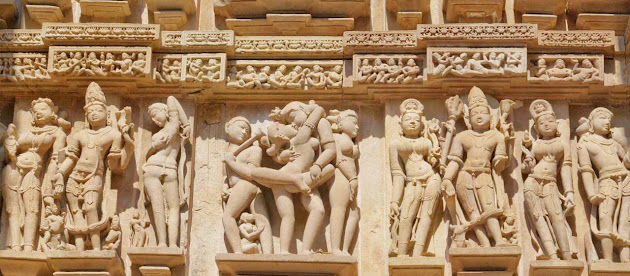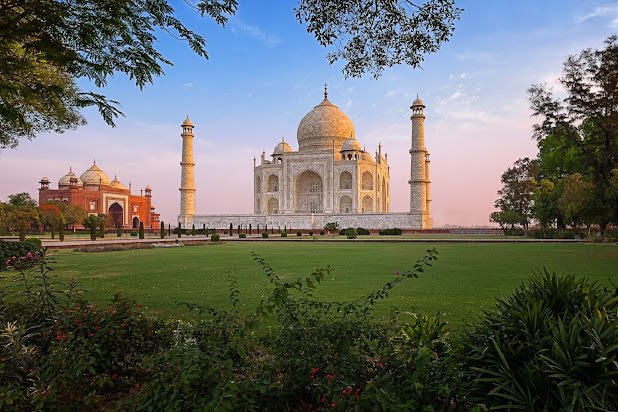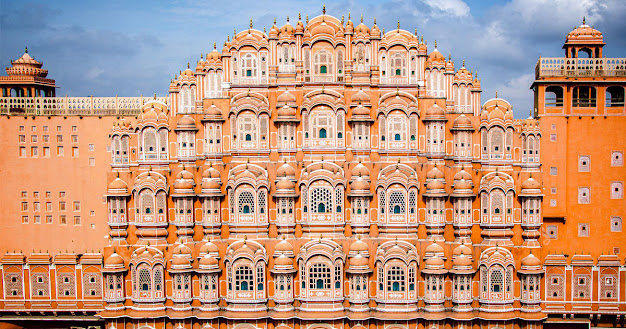Khajuraho Tourism
Introduction:
Nestled in the heart of
India, the ancient town of Khajuraho stands as a testament to the architectural
and artistic prowess of the Chandela dynasty. Renowned globally for its
exquisite temples adorned with intricate sculptures, Khajuraho is a UNESCO World
Heritage Site that beckons travelers to explore its rich history, cultural significance, and architectural marvels. In this blog post, we embark on a
journey to unravel the mystique of Khajuraho tourism.
Khajuraho's roots can be
traced back to the 10th and 11th centuries when the Chandela rulers built a
series of temples dedicated to various deities. The temples are not just
architectural marvels but also reflect the cultural and religious ethos of the
time. Each temple tells a unique story through its intricately carved
sculptures, depicting scenes from everyday life, mythology, and sensuality.
Architectural Splendor:
The temples at Khajuraho are
celebrated for their architectural brilliance. With a perfect blend of Nagara
and Dravida styles, these structures boast stunning spires, intricately carved
pillars, and captivating sculptures. The Kandariya Mahadeva Temple, Duladeo
Temple, and Lakshmana Temple are among the must-visit sites, showcasing the
finest examples of medieval Indian architecture.
Erotic Sculptures:
One of the most intriguing
aspects of Khajuraho's temples is the presence of erotic sculptures. While
these intricate carvings have raised eyebrows, they are an integral part of the
temple art, symbolizing the fusion of physical and spiritual realms. The
sensuous depictions serve as a testament to the ancient Indian belief in the
harmonious integration of all aspects of life.
Cultural Festivals:
Khajuraho comes alive during
its annual dance festival, attracting artists and enthusiasts from around the
world. The Khajuraho Dance Festival is a vibrant celebration of classical
Indian dance forms like Bharatanatyam, Kathak, Odissi, and more. Against the
backdrop of the illuminated temples, the festival creates a mesmerizing atmosphere,
providing visitors with a unique cultural experience.
Surrounding Attractions:
Beyond the temples,
Khajuraho offers visitors a chance to explore nearby attractions. The Panna
National Park, known for its tiger reserve, provides a thrilling wildlife
experience. The Raneh Falls, about 20 kilometers from Khajuraho, is another
natural marvel, showcasing a stunning canyon formed by crystalline granite.
Preservation Efforts:
In recent years, concerted
efforts have been made to preserve and restore the temples of Khajuraho.
Various conservation projects aim to protect these architectural treasures from
natural wear and tear, ensuring that future generations can continue to marvel
at the beauty of this ancient site.
Conclusion:
Khajuraho stands as a timeless
gem, offering a captivating blend of history, art, and culture. As visitors
traverse through its temple complex, they not only witness the architectural
brilliance of the past but also connect with the spiritual and cultural roots
of India. A trip to Khajuraho is a journey back in time, a pilgrimage for those
seeking to explore the rich heritage that defines this extraordinary town.








Comments
Post a Comment